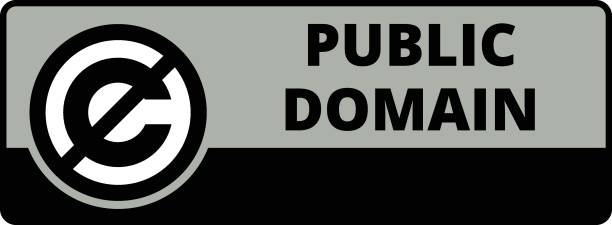Digital Repository @ WTS
A digital archive of Western Theological Seminary's history.
Cook Library
Western Theological Seminary
101 E 13th St
Holland, MI 49423
616.346.0865
616.392.8555
Purchase a Book for
Be certain you select "Wish List Acquisitions' Gift Registry Address"
Search Box - English
Search
Search for
Defining the Public Domain
Public Domain works are not protected by copyright law and, therefore, they are freely available for everyone to use. There are several ways in which a work passes into the public domain:
- Work is Not the Type Protected by Copyright Law. A work must be original, be "fixed in a tangible medium of expression," and have some degree of creativity in order for it to be protected by copyright. Examples of works that do not meet these criteria:
- Ideas, common facts, hypotheses, theories
- Names, short phrases
- Discoveries, processes, systems
- Term of Copyright Protect Has Expired (or was not renewed).
- Due to changes in copyright law and treaties, determining the duration of copyright on a work can be very tricky. In more complicated cases, it may be necessary to consult an attorney or copyright expert.
- A public domain chart, produced by Cornell University, is very useful for determining the term of copyright protection for a work.
- Generally, works published in the United States prior to January 1st, 1924 are in the public domain.
- Copyright Owner Dedicated the Work to the Public Domain. There are many modern day artists and authors who license their works through Creative Commons or otherwise dedicate their work to unrestricted use by the public. Web sites where these types of works can be found are listed at the right.
- Work was created by the U.S. Government.
What this means for your academic projects is that you can use as much of the work as you would like to support your instruction, research, publication, creative work, etc. without needing permission from the original copyright owner.
Finding Public Domain Books
-
Christian Classics Ethereal LibraryWritings of Christian theologians from all time periods
-
Google BooksYou will need to enter "public domain" as a search term
-
Internet Sacred Text ArchiveIncludes sacred texts from various religious traditions including Baha’, Buddhism, Christianity, Jainism, Judaism, Hinduism, Islam, Mormonism, Paganism, Shinto, Sikhism, Taoism, and Zoroastrianism.
-
Project Gutenberg This link opens in a new window
Contains over 38.000 works in the public domain under American copyright law.
Finding Public Domain Images
-
Atla Digital Library This link opens in a new window
A repository of digital resources contributed by ATLA member libraries.
-
Public Domain SherpaAn extensive list of public domain photos.
Finding Public Domain Sound Recordings
This guide compiled from a Libguide of the same name by Christine Fruin at https://atla.libguides.com/copyright

This work is licensed under a Creative Commons Attribution-NonCommercial 4.0 International License.
